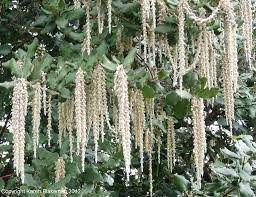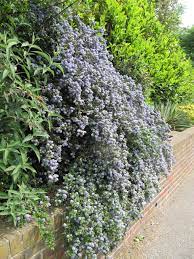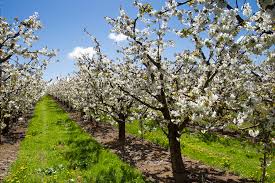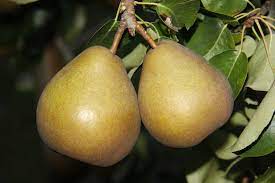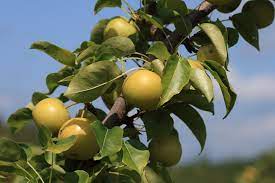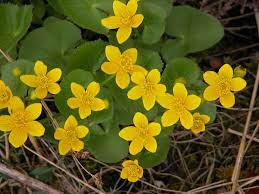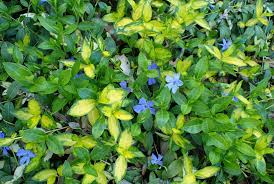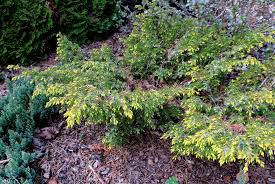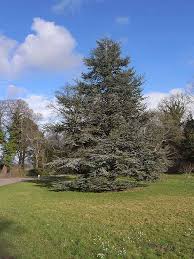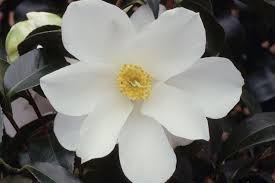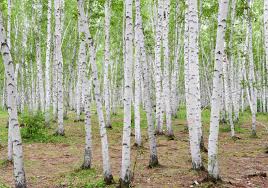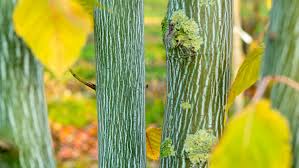
Alpine rock garden
Alpines, allow you to enjoy gardening in miniature, whether you are creating a small intermit rockery in a corner of a garden, or a low dish of plants on a table or a traditional rock basin with choice plants in. There is a lot to enjoy and discover about gardening with small Alpines. Here are a few to consider.
Arabis androsace: This is a tiny and perfectly formed alpine perfect for a sink or low saucer planting, reaching 2cm in height. A rosette of tightly packet leaves, with tiny white flowers in March-April.

Dianthus freynii
Dianthus freynii: This delightful alpine pink reaches the dizzying heights of 5cm. Making a pin-cushion of grey leaves, with fat pink flowers held on grey stems in April-May. Looks good in a scree garden.

Geranium sanguineum lancastriense
Geranium sanguineum lancastriense: 7cm tall, with a spreading habit. With small mid-green palmate leaves and pink flowers May-June. Would happily scrabble over small rocks in a rock garden of the right scale.

Lithospermum diffusum ‘Heavenly Blue’
Lithospermum diffsum ‘Heavenly Blue’: Getting a little taller this plant gets to 10cm in height. This is a striking alpine with intense gentian like flowers of a stunning blue, flowering from May to July. It makes an eye-stopping addition to a alpine planting.
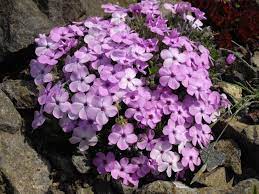
Phlox douglasii ‘Eva’
Phlox douglasii ‘Eva’: A good upright habit reaching 10cm tall. With a mass of small open pink flowers with a darker eye. Flowering latter in the season, from July into August. A good addition to the Alpine garden to help to extend the flowering season.
Saxifraga burserian ‘Brookside’: A good completed plant at 5cm tall. With a dense cushion of grey tiny leaves. Tall red flower stems with white star flowers are produced from late April into May.

Alpines planted on a rock wall
Top tip: All the alpines I have chosen are hardy in Southern England. They like full sun and sharp well drained soil, so adding horticultural grit and sand will help. Plant Alpines like they are specimen plants, so you can really see the individual beauty of each plant. Think about the mulch and items round the alpines, the rocks and build of a rock garden with good horizontal stator to give a natural look also think of the scale of the plants and any rocks or mulches used. These should work in harmony with the planting. Even on the small scale of a pot, stones and pebble mulches can be used.
I hope I have inspired you to think again about Alpines, particularly if you have limited gardening space, as a few different pots with groups of alpines, can turn even a small balcony into a variety rich garden.
Enjoy!




















